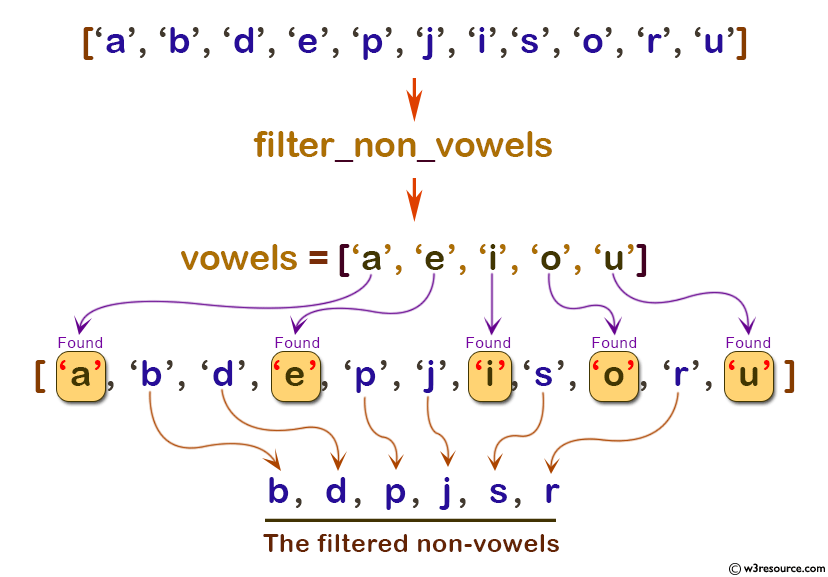

To reverse a range in Python, use the reverse() method with the range() function. Let’s see a standard way to reverse range elements. Now, this is not the standard way, but if you want to reverse any kind of range(), then you have to calculate all the steps precisely. So, our maximum value starts, which is 5, then the minimum value -1 means 1-1 is 0, which is the stop value, and we did not include that in the range. In the above code, we need to reverse 1 to 5, which means 5 to1. Range is actually a class that represents a sequence of numbers.
#For i in range python software
A loop is a control structure in a software program that is used to repeat a set of instructions multiple. In this article, we will be discussing how the Python range function is inclusive. for i in range Python 3 Tutorial With Examples For Loops. The function stops at the specified stop number. The value I can be replaced by another other name such as x, z and etc. Where the value i is a temporary variable used to store the integer value of the current position in the range of the for loop.
#For i in range python series
It starts from 0 and increments each value by one by default. Python for i in range helps iterate a series of values inside the range function. That means that you’ll be decremented by 1 for each loop. Python’s range function allows us to create a sequence of numbers starting from the start and stop integer. This enables us to go over the numbers backward.

If your step argument is negative, then you move through a sequence of decreasing numbers and are decrementing. Reversing a range or a sequence of numbers results in the sequence containing the numbers from the range in reverse order.
#For i in range python manual
Python range reverse using the manual way The range() makes it easy to iterate through a decrementing series of numbers, whereas reversed() is used to loop over the series in reverse order. But Python provides us with a built-in reversed() function. The most Pythonic way to generate a range that decrements is to use range(start, stop, step). Wrap the range() method inside the reversed() method, you can print the integers in reverse order. To reverse a range in Python, use the reversed() function with the range() function. Now that you’ve seen how you can move forwards through a positive step in the range let’s see how you can step backward using a negative step. The outer loop merely runs it often enough to reach 0.You got the range of numbers that were each greater than the preceding number by 10, which is the step you provided. This effect happens in the second loop: y is steadily reduced by 1 each time the for y in range(y) loop runs. In other words, the loop works regularly but leaves y reduced by one afterwards.

That means a construct such as for y in range(y): will a) safely assign to y without changing the current iteration, and b) iterate y from 0 to y-1. With the for loop we can execute a set of.

This is less like the for keyword in other programming languages, and works more like an iterator method as found in other object-orientated programming languages. By the time the loop assigns to the iteration variable, the iterable has already been evaluated. A for loop is used for iterating over a sequence (that is either a list, a tuple, a dictionary, a set, or a string). That also means it is safe for the iteration variable to be used in the iterable. Re-using the iterable name or its arguments does not affect the loop. This means its upper bound is not included in it: > 5 in range(5)Ī for loop evaluates its iterable once. The range object describes a half-open interval.


 0 kommentar(er)
0 kommentar(er)
